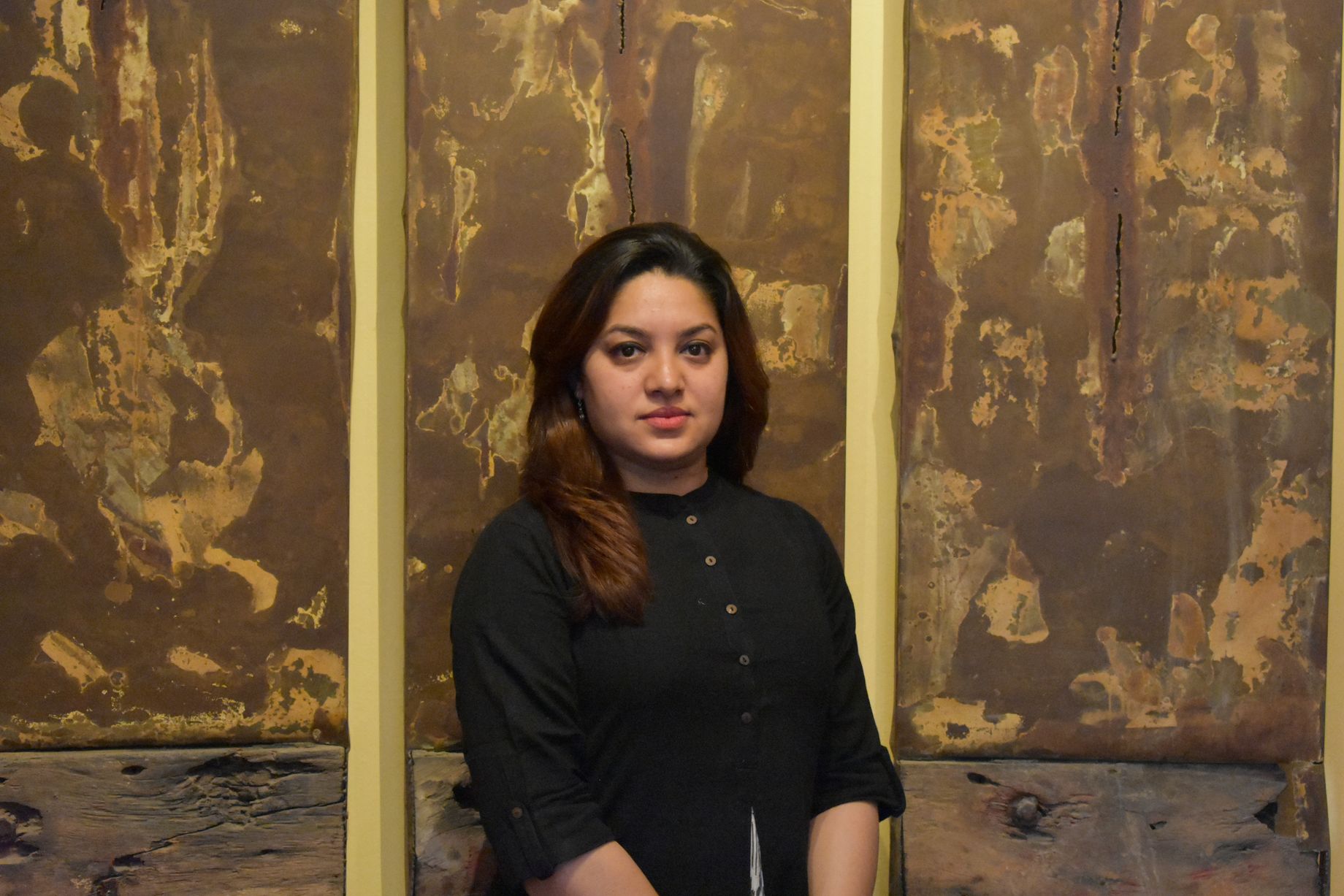The Painting Workshop of Amber-Jaipur in the Eighteenth Century: Paintings, Patronage, Practices
Situated in present day north-eastern Rajasthan, the kingdom of Amber-Jaipur came into prominence after its alliance with the Mughal imperium in the sixteenth century. With their rising fortune, the rulers of Amber became lavish patrons and discerning connoisseurs. Yet, we know surprisingly little about their patronage of painting. This lacuna becomes even more severe when we consider the staggering range of historical sources that relate to the painting workshop. Account books, inventories, daily registers, treasury records, records of court protocol have been barely used by art historians. Written in an archaic script, and often with cryptic shorthand notations these documents resist easy access. However, these court records not only shed new light on painting practices at Amber-Jaipur but also indicate the value of studying similar documents in other archives related to other kingdoms. Moreover, such documents demonstrate the rich possibilities for a new understanding of Indian paintings’ social worlds. As a fellow of Art Histories and Aesthetic Practices, Shailka Mishra will complete a scholarly book on the painting workshop of the Amber-Jaipur court. Beginning with a vivid picture of the day-to-day functioning of the atelier in relation to other court workshops, she will interpret how paintings emerge at various intersections of court life. By considering aesthetic, political, economic, social and religious arenas, her work will challenge the divisions that currently shape the disciplinary frameworks of Indian painting studies.


